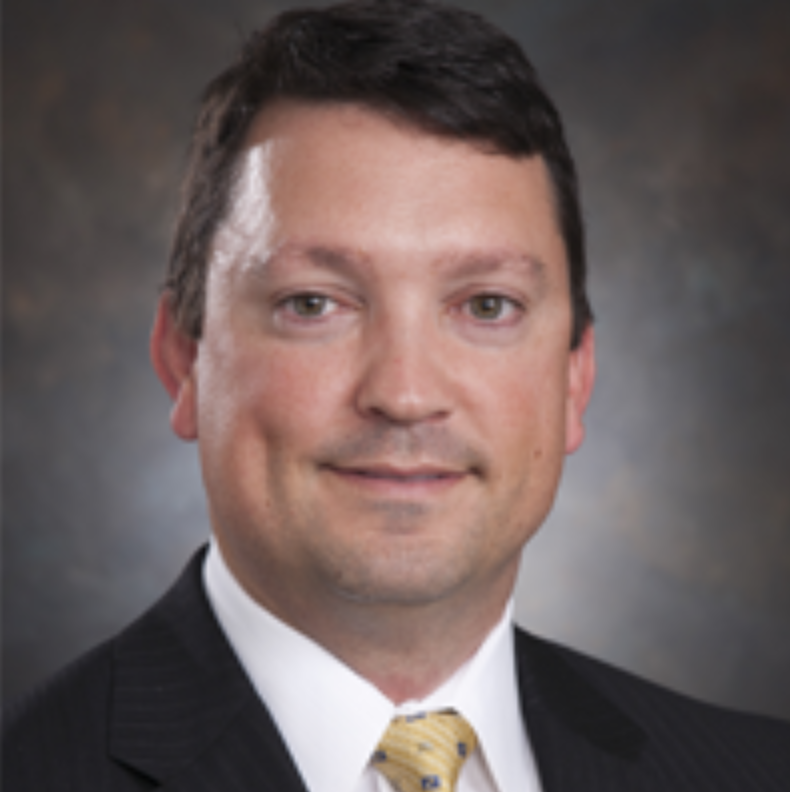
ZipPower
Distributed Resource Energy (DER) Microgrids
San Leandro ZipPower Pilot Project
The ZipPower pilot project was launched in partnership with the City of San Leandro as a test bed for energy resilience through the development of locally generated and distributed energy resources (DER).
In March 2016, the California Energy Commission announced the approval of a $1.5 million grant to ZipPower LLC to develop a DER strategy and framework for the City of San Leandro. The intent of this pilot project was to create a scalable model for the adoption of local, renewable energy sources.
The public-private partnership, led by the startup company ZipPower, represented the best of the San Leandro energy ecosystem: City of San Leandro and its many policy and infrastructure experts, Lawrence Berkeley National Labs, Geli, OSIsoft, East Bay Community Energy.
What could go wrong?
Synopsis
2015 – 2017
San Leandro, CA
Client:
City of San Leandro
Key Stakeholders:
ZipPower, Inc. (defunct startup)
California Energy Commission: Advanced Energy Communities grant program (EPIC)
Lawrence Berkeley National Laboratory: Alternative Energy Research
GELI - Energy Management Systems
Pacific, Gas and Electric Company: Distributed Energy Resources / Community Microgrid Enablement Program
Patrick Kennedy, resident and CEO / OSIsoft
East Bay Community Energy: Potential local energy source for community-owned energy consortium
Product:
In March 2016, the California Energy Commission announced that the City of San Leandro had won a $1.5 million dollar grant under the EPIC: Advanced Energy Communities Program.
This 18-month CEC grant provided San Leandro and its stakeholders an opportunity to be the pilot city in a unique public/private collaboration. The goal was to design a citywide, distributed resource energy platform designed to reduce overall energy costs (local energy production), create local jobs, and increase local resiliency. CEC interest was to build a scalable model for building local, distributed energy resources (DER).
The ZipPower digital platform proposed:
economies of scale for deploying solar, battery storage, electric vehicle chargers and other energy-related hardware.
connecting renewable energy assets through PG&E and Lit San Leandro into a San Leandro-based micro grid that provides grid resilience, security, and reduced energy costs; and
substantial economic benefits through new local jobs and entrepreneurship; and
confirmed San Leandro as a center for energy innovation
Role:
Chief Innovation Officer
In mid-March 2015 under the inspired leadership of local resident and entrepreneur, Derick Lee, Acosta represents San Leandro in a series of solar-related events and workshops at the Zero Net Energy Center.
Cal Poly Solar Decathlon House unveiling.
SfunCube (now Powerhouse) Thin-Film Solar Design Hack.
Two days of open discussion that included community members, local business leaders, city staff, Mayor, and external energy professionals to explore the intersections of energy, Internet of Things and innovation ecosystems.
Partnerships initiated at this event led to creation of startup ZipPower, Inc., and its successful application to the California Energy Commission for a $1.5 million planning grant (see Product).
Acosta managed City’s participation in this grant collaboration:
Compliance with City grant requirements and record-keeping.
Coordination with internal staff, including City Manager, Public Works, Transportation & Engineering.
Ensure communication among all grant partners, including the C.E.C.
Worked with C.E.C. staff to shine a light on ZipPower management irregularities, which were not readily apparent until 2017. C.E.C. funds were never dispersed as a result.
“We need to work on simplification to get the [microgrid] adoption curve moving faster…The financing needs to be simple, the contracting needs to be simple, regulation needs to be simple...It’s nice to build a snowflake, but it’s even nicer to build a snowstorm.”
David Chiesa, S&C Electric Senior Director for Global Business Development, 2018
Outcomes:
The $1.5 million C.E.C. grant was not distributed to the grant’s Managing Partner, ZipPower, Inc., despite best efforts of the other stakeholders to move the project forward. The C.E.C. cancelled the grant when company management failed to comply with key grant requirements.
City of San Leandro did, however receive significant attention regarding announcement of the C.E.C. grant. The grant provided numerous opportunities to market San Leandro’s climate change goals and its intersection with innovation and technology.
https://issuu.com/dericklee/docs/zippowerbook_v3 Thank you to Derick Lee for his always brilliant design and entrepreneurial skills!
Acosta CIO Role:
In mid-March 2015 under the inspired leadership of local resident and entrepreneur, Derick Lee, Acosta represents San Leandro in a series of solar-related events and workshops at the Zero Net Energy Center.
Cal Poly Solar Decathlon House unveiling.
SfunCube (now Powerhouse) Thin-Film Solar Design Hack.
Two days of open discussion that included community members, local business leaders, city staff, Mayor, and external energy professionals to explore the intersections of energy, Internet of Things and innovation ecosystems.
Partnerships initiated at this event led to creation of startup ZipPower, Inc., and its successful application to the California Energy Commission for a $1.5 million planning grant (see Product).
Acosta managed City’s participation in this grant collaboration:
Compliance with City grant requirements and record-keeping.
Coordination with internal staff, including City Manager, Public Works, Transportation & Engineering.
Ensure communication among all grant partners, including the C.E.C.
Worked with C.E.C. staff to shine a light on ZipPower management irregularities, which were not readily apparent until 2017. C.E.C. funds were never dispersed as a result.
The impressive group of stakeholders was led by an inexperienced group of entrepreneurs, an international management team not familiar with U.S. business practices. The ZipPower team did not understand the importance of transparency and strict compliance with California Energy Commission grant rules.
As a result, the DER plan was not delivered, funds were never disbursed and there was no lasting harm to the City or its residents. On the bright side, the City of San Leandro received a great deal of marketing benefit from these efforts.
“Our solution in San Leandro [to looming energy crisis] is to create a distributed, renewable, city-wide microgrid. In very simplistic terms it means a power plant on every parking garage and roof.”
Deborah Acosta, Chief Innovation Officer, City of San Leandro, 2016





